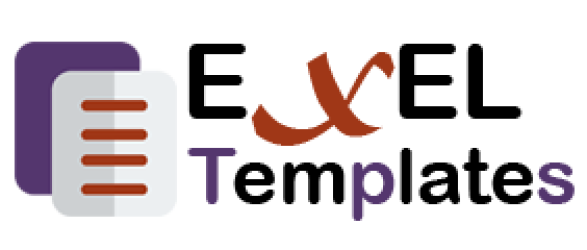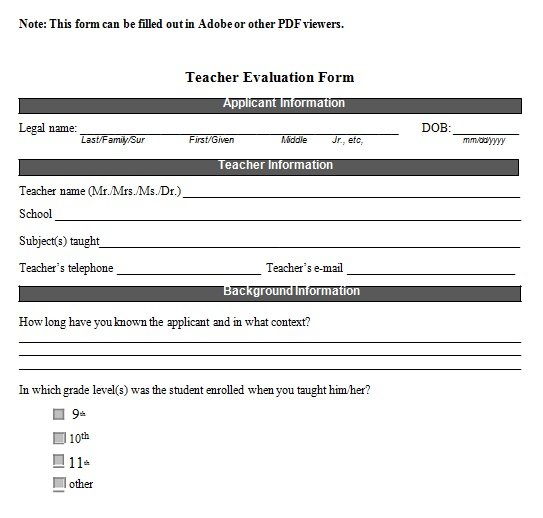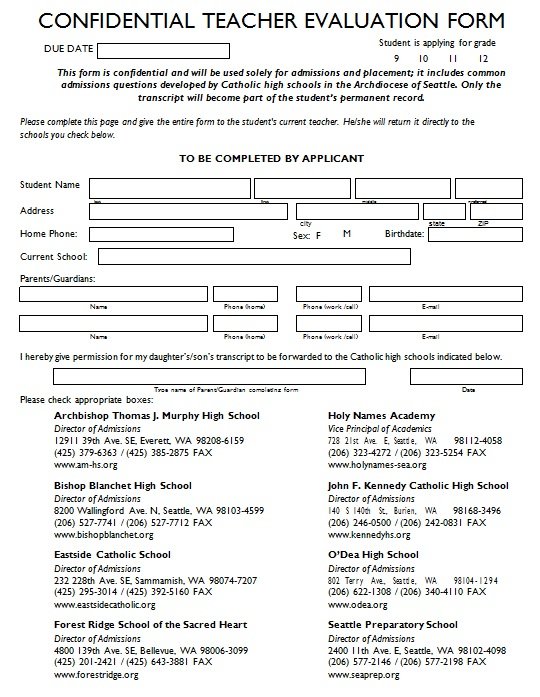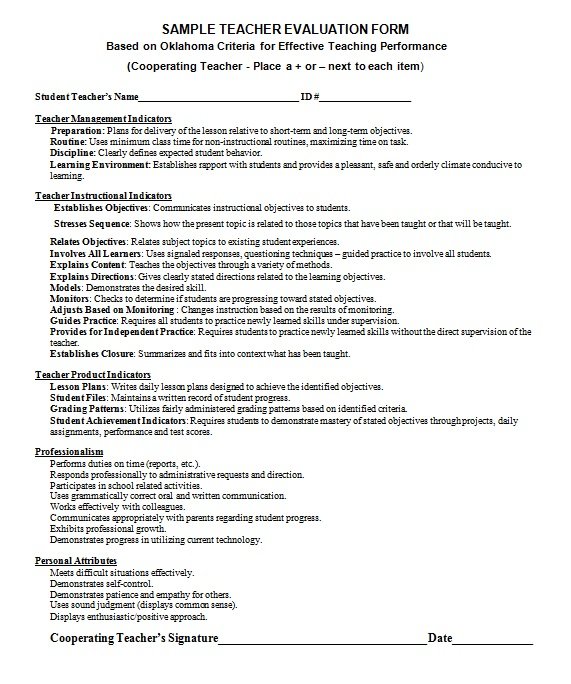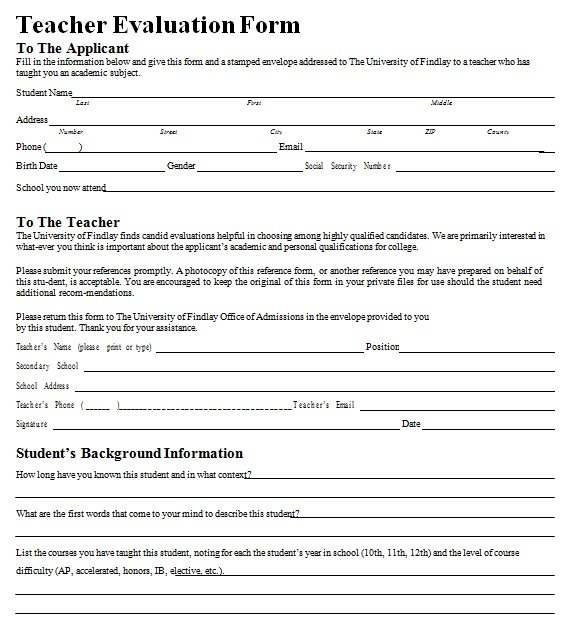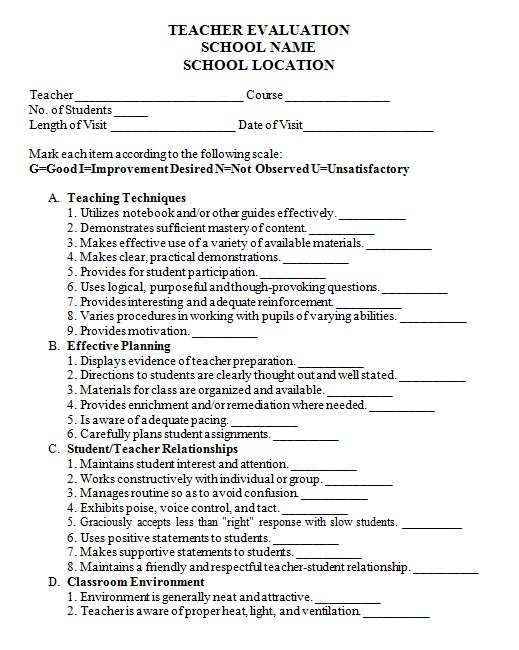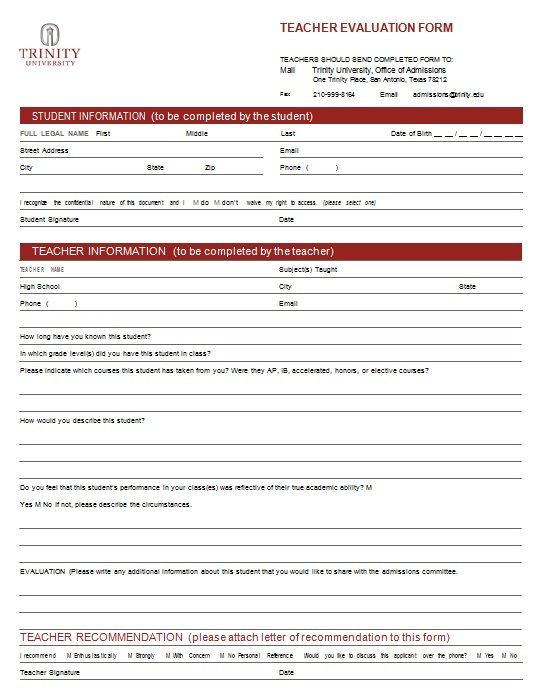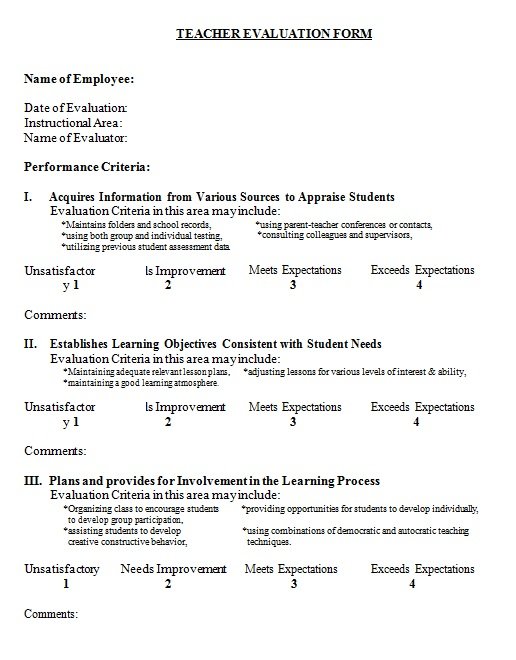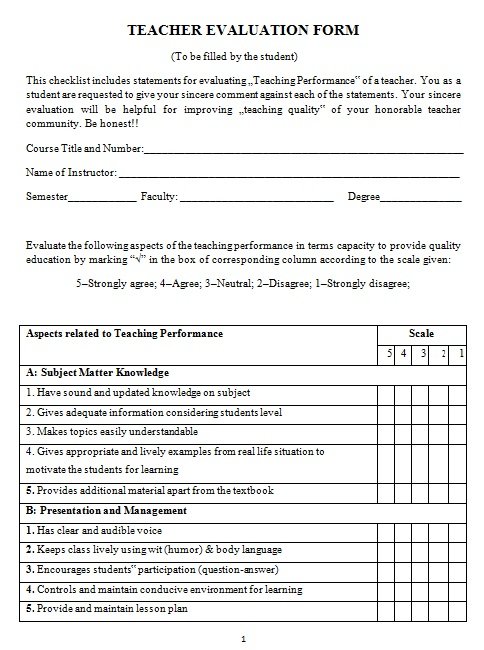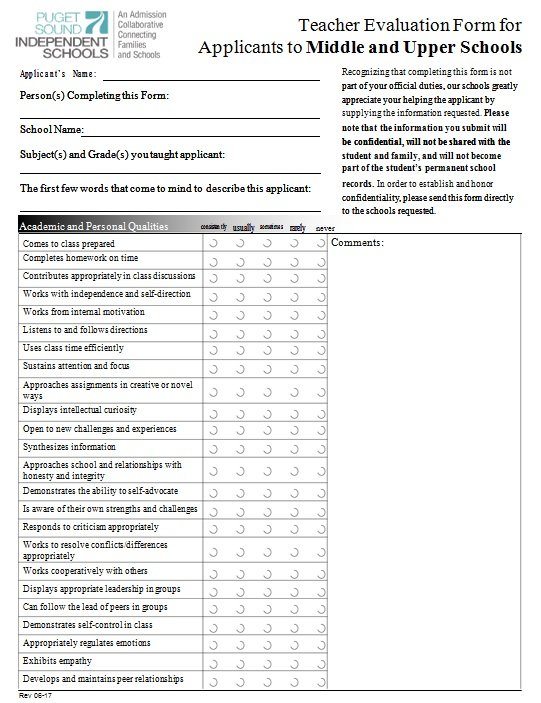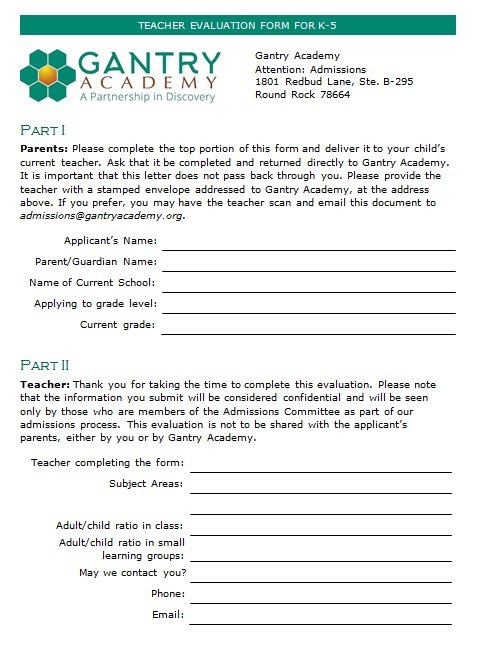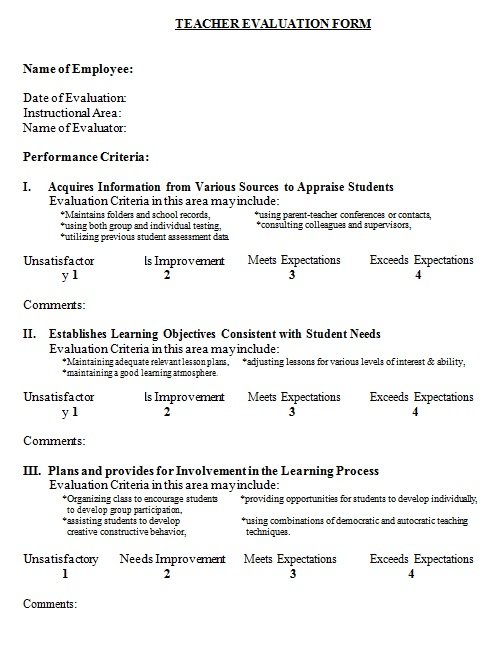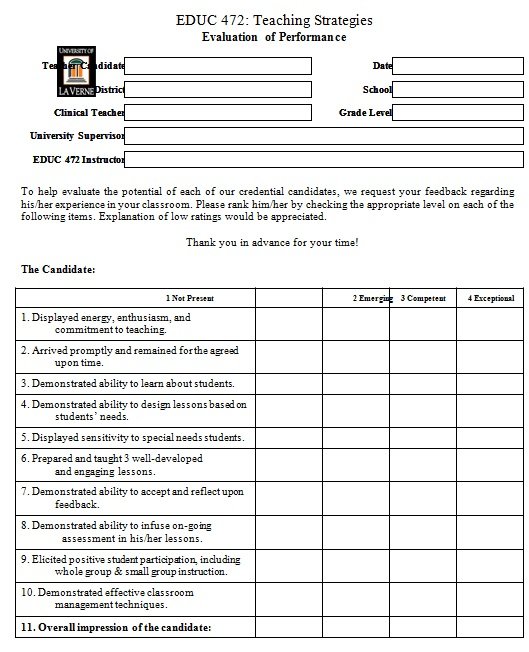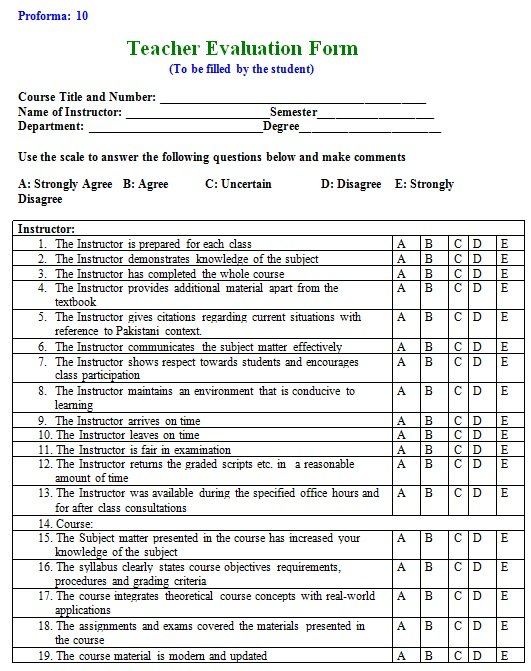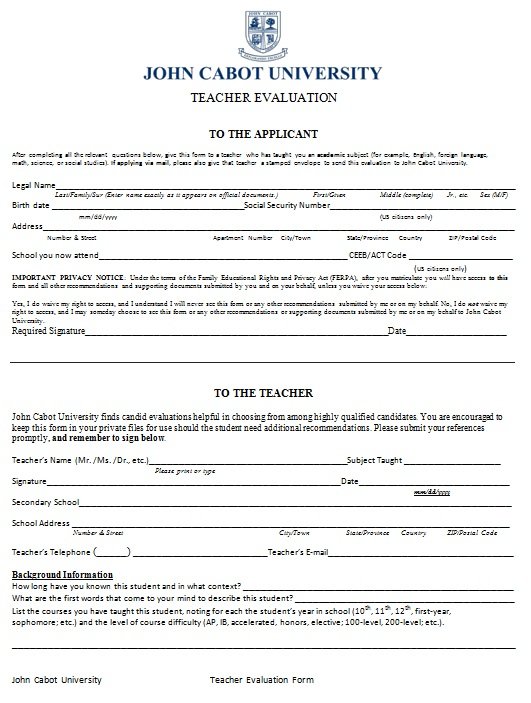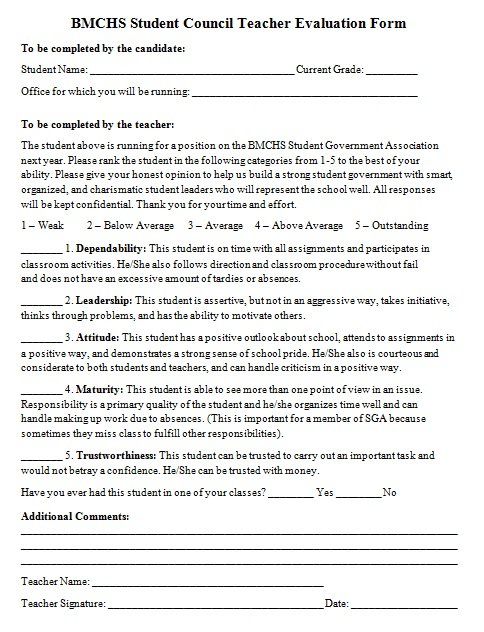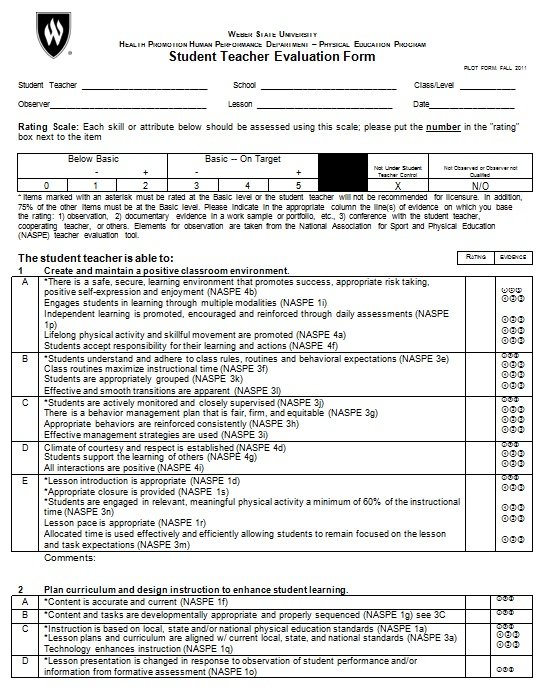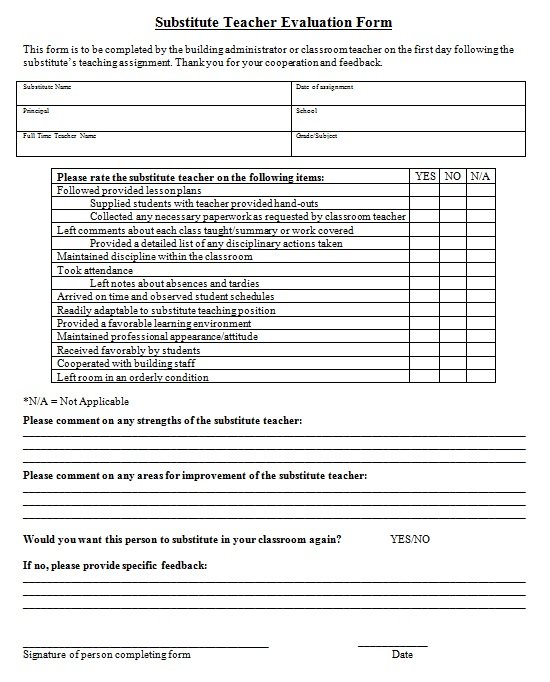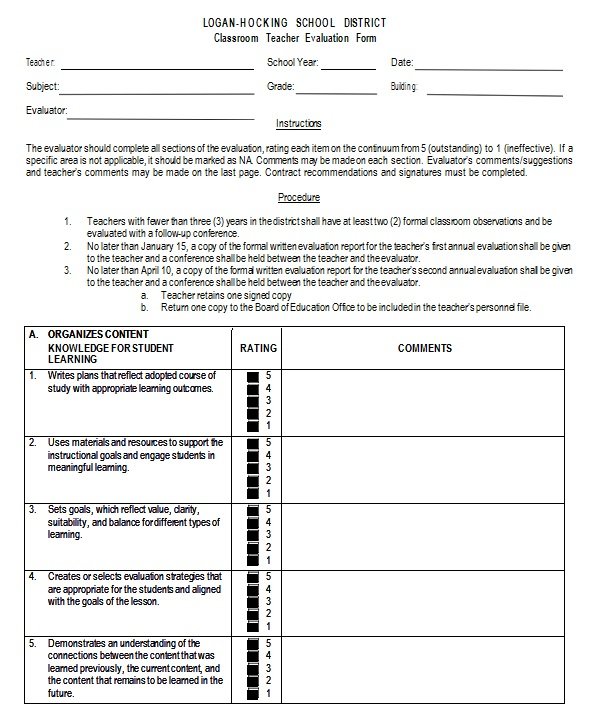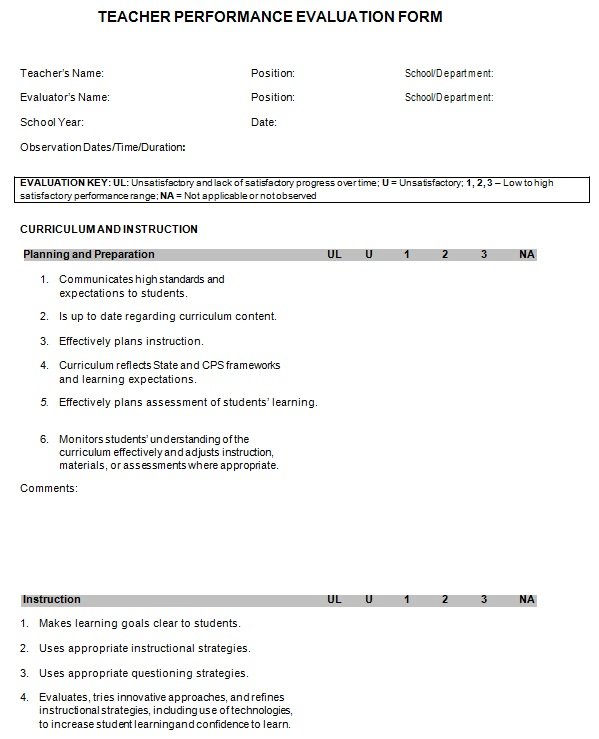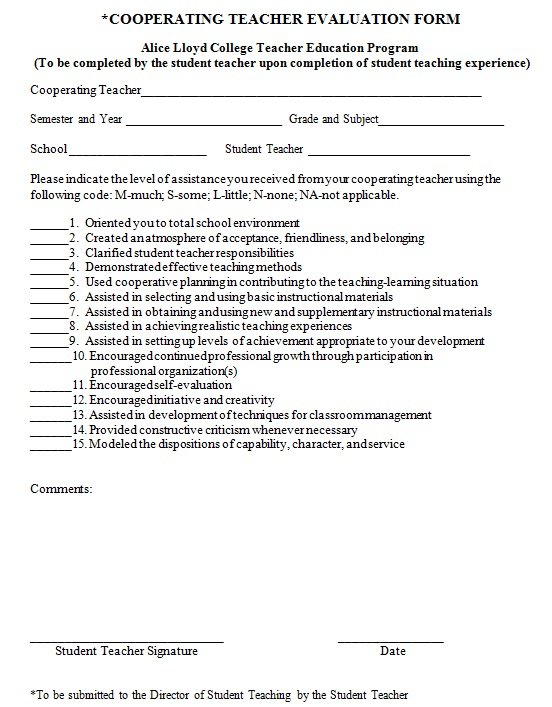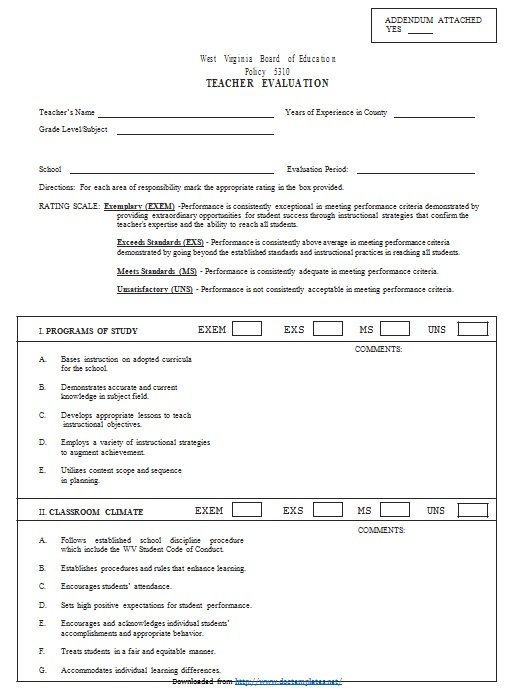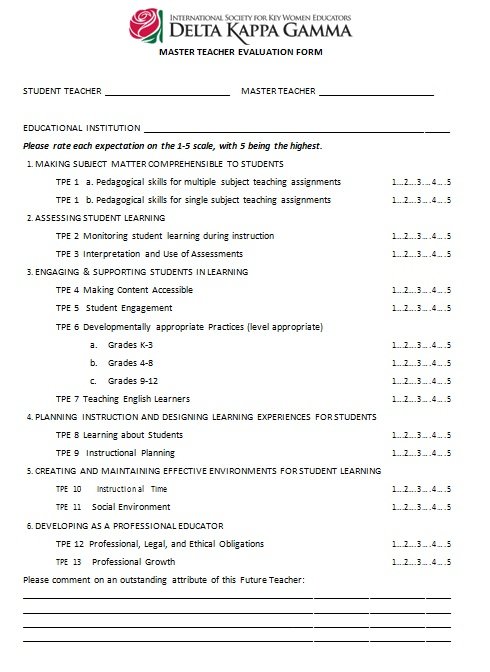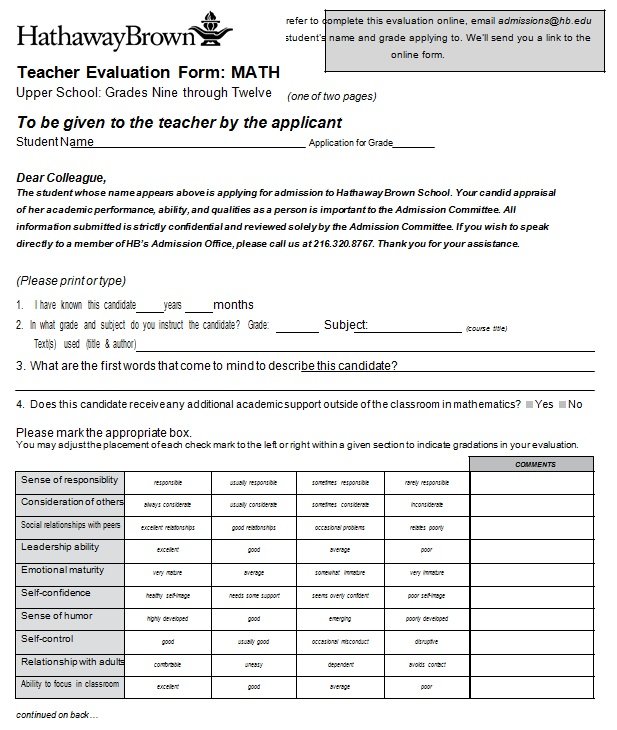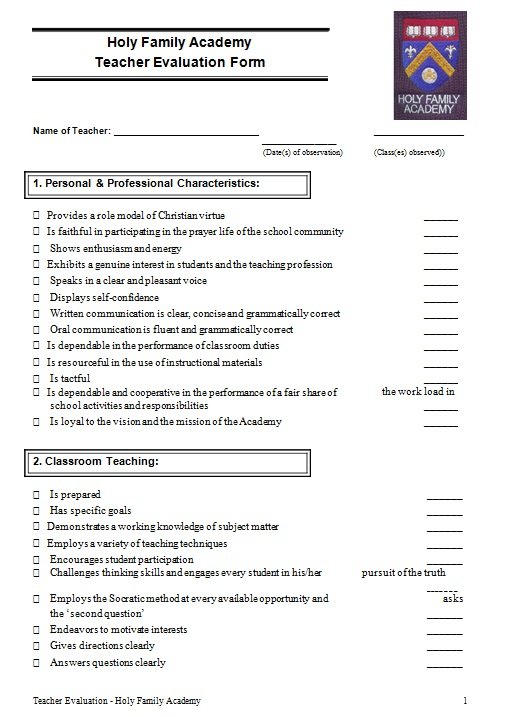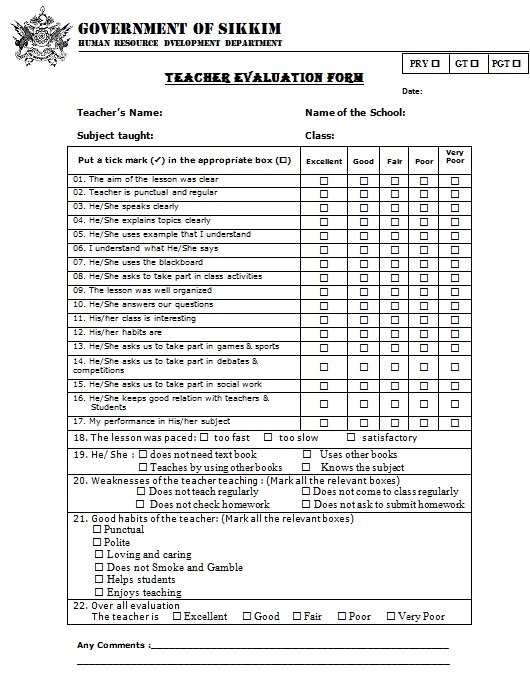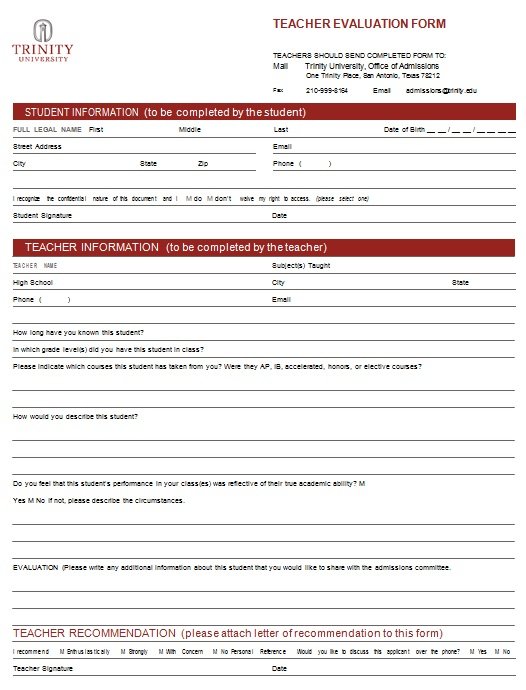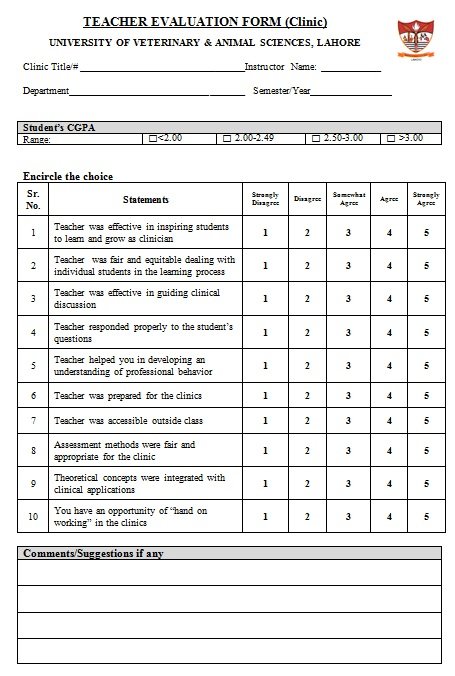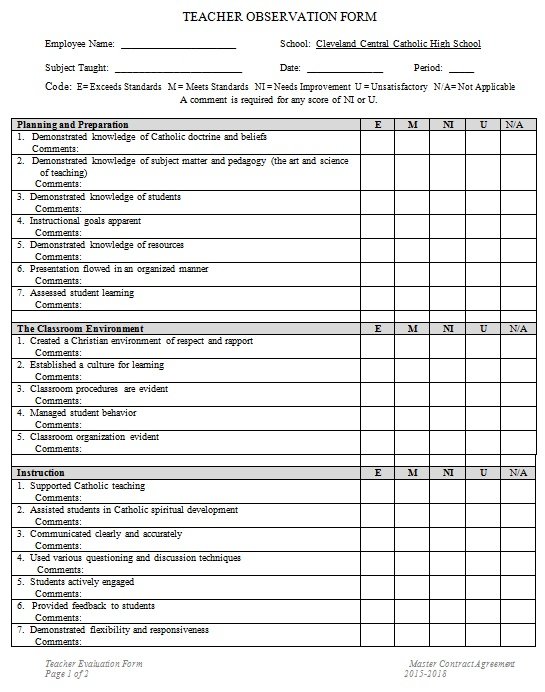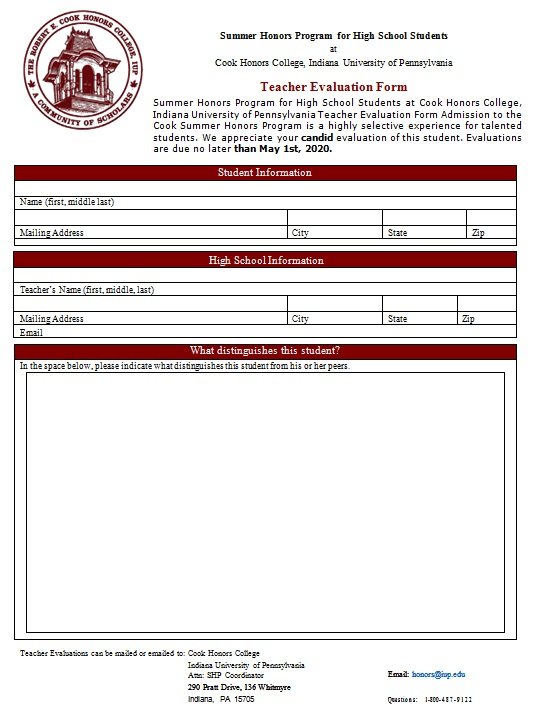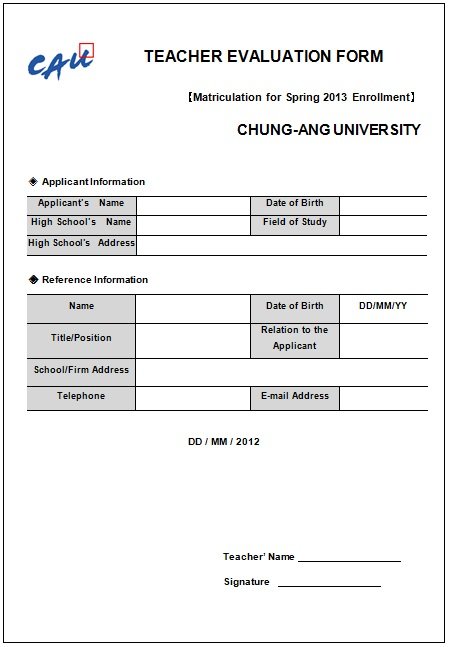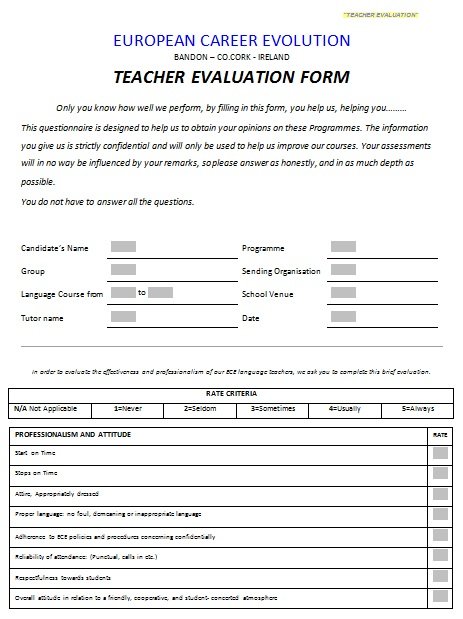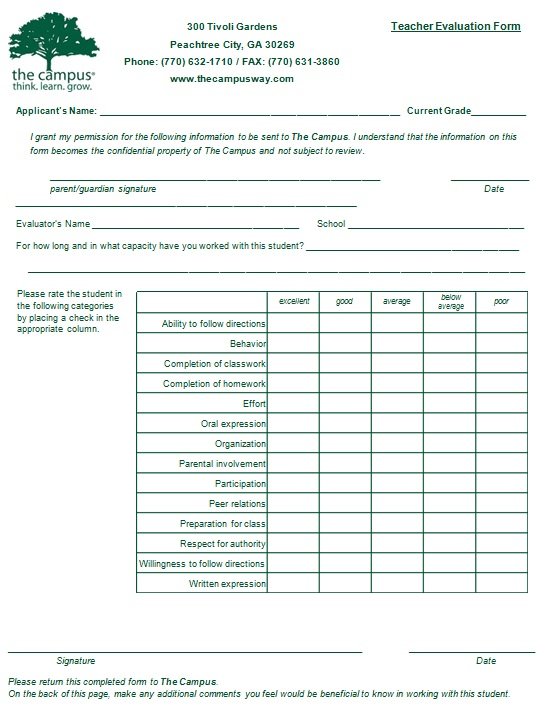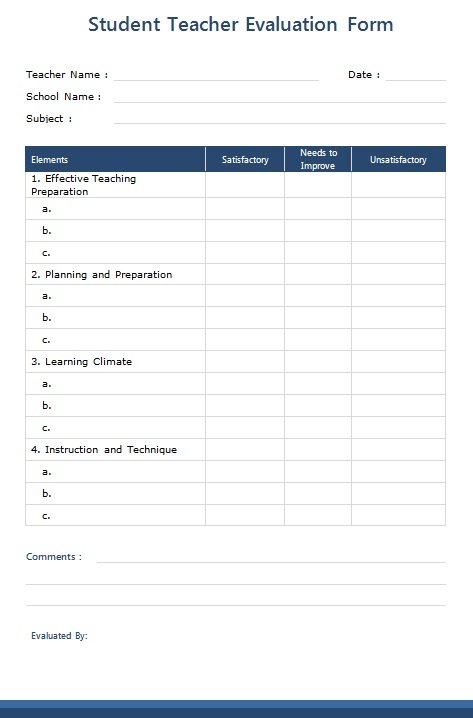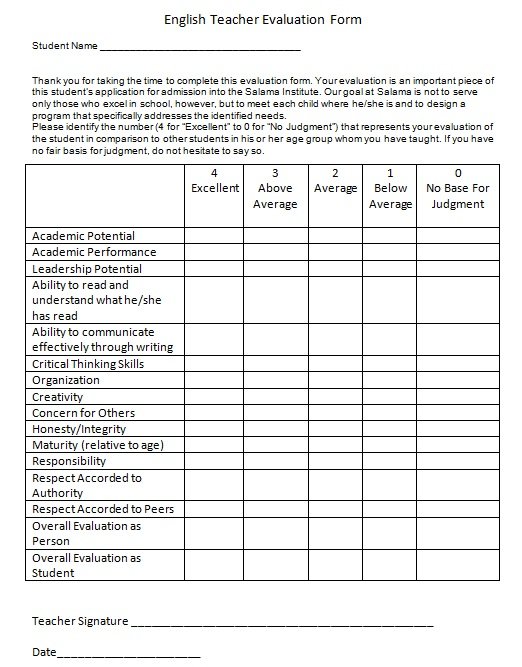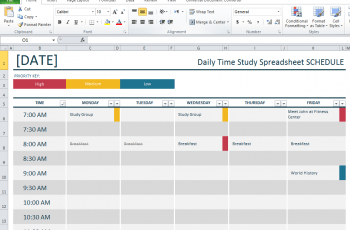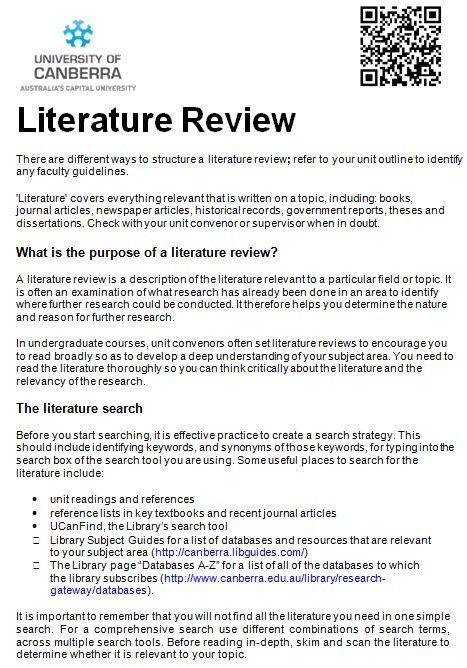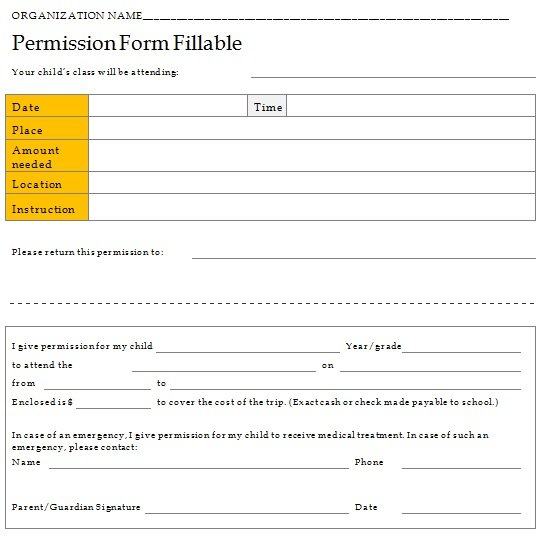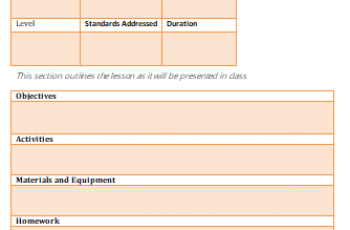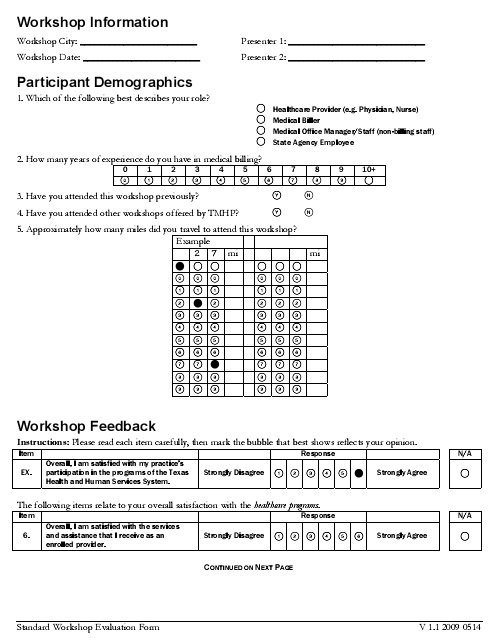Table of Contents
Teacher evaluation form is used to make sure that the teacher delivers quality education in the classroom as expected. Effective teachers play a significant role when it comes to student achievement in any kind of learning environment. Therefore, by using the teacher evaluation form, most schools and learning institutions should make sure that the education system is designed better to impact positively on the learners.
What is teacher evaluation?
A teacher evaluation is the process of evaluating and rating the teaching effectiveness and efficiency of learners. Nowadays, in most educational institutions, teaching evaluation has become a common procedure. The main purpose of teacher evaluation is to improve learning experience among students.
On the other hand, Teacher Evaluation also helps teachers in their teaching careers. A college/school administration or any other external professional body can conduct this evaluation. The process of teacher evaluation is useful and productive.
How does teacher evaluation work?
The traditional teacher evaluation is simple. It just focuses on classroom assessment while modern evaluations are more complex and effective. In simple words, during conducting the modern teacher evaluation, there are several factors that you have to consider. Teacher Evaluation use Charlotte Daniel son’s framework of teaching other than being a periodic practice to realize its purpose.
Generally, to identify the effectiveness and efficiency of teachers, school administrators test the score of students. But, due to number of reasons, this method of Teacher Evaluation was found to be ineffective. The administrators found it difficult to test their teachers accurately because of the strong bonds and personal relationships between them.
Teacher evaluation models:
A more sophisticated Teacher Evaluation approach involves the use of statistical techniques. Here are some models used to conduct meaningful Teacher Evaluation;
Value-Added Model (VAM)
The more accurate method of teacher evaluation is the Value-added model. It filters out baseness. The main aim of this model is to assess a specific contribution a teacher makes towards the learning progress of their students. This model provides you an estimation of how much each teacher contributes towards student learning.
Teacher observations
This model is as much as outdated but some people still use this model of Teacher Evaluation. Here, to handle their respective classroom, the school administrator’s listens to individual teachers. The following factors are considered during the process;
- The type of learning atmosphere required by the teacher
- The learning material created by the teacher
- Teaching and learning aids
- Level of engagement
The framework model
In 1996, Charlotte Danielson was first developed the framework of the Teaching Model (FTM). This model covers the following essential responsibilities of teachers;
- how they plan for lessons
- how they act in a classroom environment
- how they provide instructions to learners
- how they perform their responsibilities
Marzano Art and Science of the Teaching model
This type of teacher evaluation model was first developed in 2017. The model assesses the four different teaching competencies;
- standard-based planning
- learning
- their conditions
- professional responsibilities
This model pays attention to the teaching atmosphere and how it makes learning effective.
Benefits of the teacher evaluation:
- The teacher evaluation improves teacher’s professionalism as they receive feedback from time to time that reassures them of their past performance, their strengths, and weaknesses.
- It assists in maintaining a teacher’s record because the teachers are made aware of their weaknesses each time the assessment feedback are given.
- This helps in spotting unproductivity or low performance.
- The information received from Teacher Evaluations can be useful in making awards or promotional initiatives.
- It helps the administration in easier maintenance of job descriptions and faculty members.
Conclusion:
In conclusion, a teacher evaluation form is an important component of effective learning. Most schools and learning institutions tend to conduct teacher evaluation in order to provide their learners with quality education. With this evaluation, teachers analyze faster and effective professional growth in their teaching careers.
